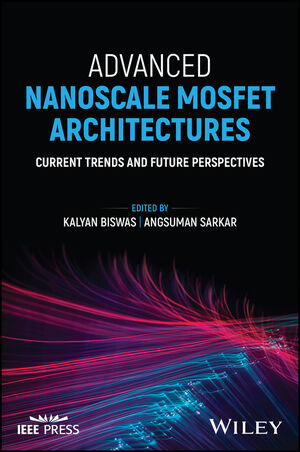Naomi Davis a, Jan-Hendrik Arling a, Marta Baselga d, Leena Diehl b f, Jochen Dingfelder c, Ingrid-Maria Gregor a, Marc Hauser b, Fabian Hügging c, Tomasz Hemperek c h, Karl Jakobs b, Michael Karagounis e, Roland Koppenhöfer b, Kevin Kröninger d, Fabian Lex b, Ulrich Parzefall b, Arturo Rodriguez b g, Birkan Sari d, Niels Sorgenfrei b f, Simon Spannagel a, Dennis Sperlich b, Tianyang Wang c, Jens Weingarten d, Iveta Zatocilova b
Characterisation and simulation of stitched CMOS strip sensors
Nuclear Instruments and Methods in Physics Research Section A:
Accelerators, Spectrometers, Detectors and Associated Equipment
Volume 1064, July 2024, 169407
DOI: 10.1016/j.nima.2024.169407
a Deutsches Elektronen Synchrotron DESY, Notkestr. 85, 22607 Hamburg, Germany
b Physikalisches Institut, University of Freiburg, Hermann-Herder-Straße 3, 79104 Freiburg, Germany
c Physikalisches Institut, University of Bonn, Nussallee 12, 53115 Bonn, Germany
d Physik E4, TU Dortmund, Otto-Hahn-Strasse 4a, 44227 Dortmund, Germany
e Fachhochschule Dortmund, Sonnenstraße 96, 44139 Dortmund, Germany
f CERN, Esplanade des Particules 1, 1211 Meyrin, Switzerland
g Littlefuse, Edisonstraße 15, 68623 Lampertheim, Germany
h DECTRIS AG, Täfernweg 1, 5405 Baden, Switzerland
Abstract
: In high-energy physics, there is a need to investigate alternative silicon sensor concepts that offer cost-efficient, large-area coverage. Sensors based on CMOS imaging technology present such a silicon sensor concept for tracking detectors. The CMOS Strips project investigates passive CMOS strip sensors fabricated by LFoundry in a 150 nm technology. By employing the technique of stitching, two different strip sensor formats have been realised. The sensor performance is characterised based on measurements at the DESY II Test Beam Facility. The sensor response was simulated utilising Monte Carlo methods and electric fields provided by TCAD device simulations. This study shows that employing the stitching technique does not affect the hit detection efficiency. A first look at the electric field within the sensor and its impact on generated charge carriers is being discussed.
Fig
: Schematic layout of the Regular (a) and Low Dose 30/55 (b) strip implant designs
Acknowledgements
: The measurements leading to these results have been performed at the Test Beam Facility at DESY Hamburg (Germany), a member of the Helmholtz Association (HGF).




